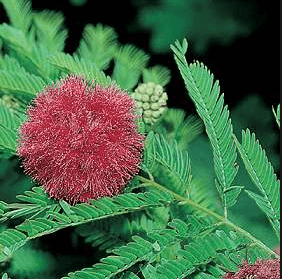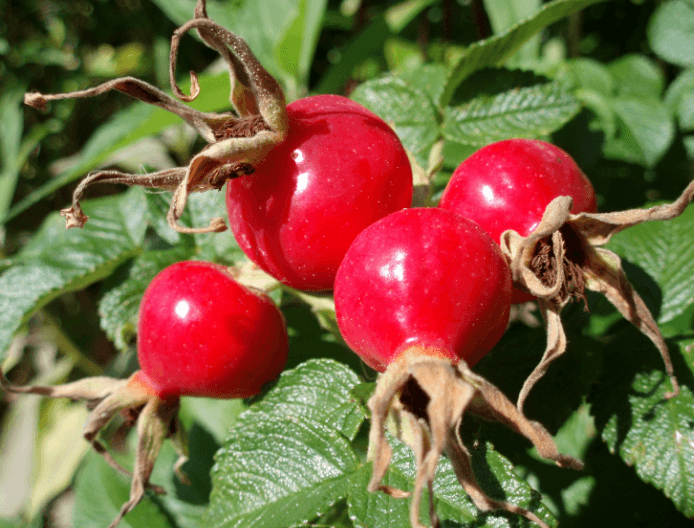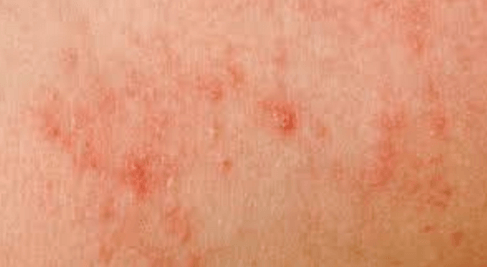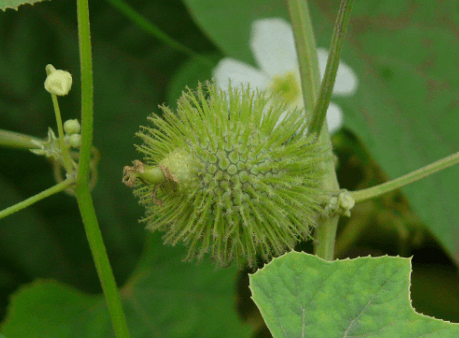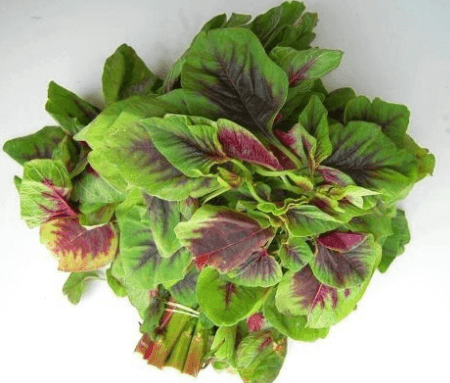Borage-(Borago officinalis) Boraginaceae Annul

Although borage is an annual, itself sows prolifically and often its grey green foliage and modestly bowed heads of sky- blue flowers and fat buds, softy misted with downy calyxes, appear in unexpected corners of the garden. We let it grow in unusual places because somehow it always seems to be the most harmonious filling for patches of garden that could have been uninteresting. Now and again one pink blossom will appear among the blue. Propagation is by seed all through the year in mild climates. Where winters are exceptionally cold, seed is sown in spring. The best position for the plant is in a sheltered place in semi- shade, and this is the sort of spot where it self- sows and reaches great proportions. Its usual height is 90 cm (3ft) but it can grow taller. The stems are thick and rather soft and are thick and rather soft and are covered with bristly hairs, as are the leaves, especially the lower, large ones. Both foliage and flowers have uses in cooking and medicine.
Aleppo is said to be the original home of borage. It has spread widely in every country where it has been introduced, and even grows in poor ground; however, the better the soil , the more the plant will flourish. Bees are attracted to the nectar-filled blossoms, and honey from borage flowers is particularly delectable. In companion planting, borage and strawberries are compatible, the borage usually being planted on the edges of the beds because when it grows very tall some branches will begin to hand down and smother nearby plants.
In astrology it is under the signs of Jupiter and Leo- “great strengtheners of nature”
Uses:
Culinary – Borage stems and leaves are high in saline mucilage, as well as containing potassium, calcium and mineral acids. When dried it contains a certain percentage of potash and when burnt the presence of the latter will send forth sparks. In France the flowers are widely used to treat the common cold. The seeds are said to increase the mil in women’s breasts” all this nourishment makes borage an excellent culinary herb. It is most valuable for those on salt- free diets, and when the young cucumber- flavoured leaves are chopped very finely to break down the soft hairs, they are excellent in salads and sandwiches. The larger leaves, too, must be chopped and they can be used in a strained, prepared soup stock which is simmered with the lid on (to retain the valuable essences) then put in batches into a blender and pureed. There will be no sign of the bristly hairs; they will be softened in the cooking. If serving hot, reheat the soup and serve with a blue borage flower on top. It is also delicious eaten icy cold in summer, garnished in the same way. The azure flowers are edible and may be used to decorate a green salad after tossing, floated on punches, or in individual glasses. Crystallized borage flowers are very pretty for decorating cakes and desserts, like crystallized violets, rose petals and mint leaves.
Medicinal- because of all the wonderful health – giving properties contained in this plant, borage has a significant place in herbal medicine. It has been used as a heart tonic and to stimulate the adrenal glands. And old saying is : “I, Borage, bring always courage” another herbalist of old says: “those of our time do use the flour in salads to exhilarate and make the mind glad. There be also many thing made of them, used for the comfort of the heart, to drive away sorrow”. Compresses of the leaves have been used to relieve congested veins in the legs. The herb is still taken to help dispel excess watery elements from the body, as well as having a soothing effect on the digestion. French herbalists use it for colds, fevers, bronchitis, and for treating rheumatism.

